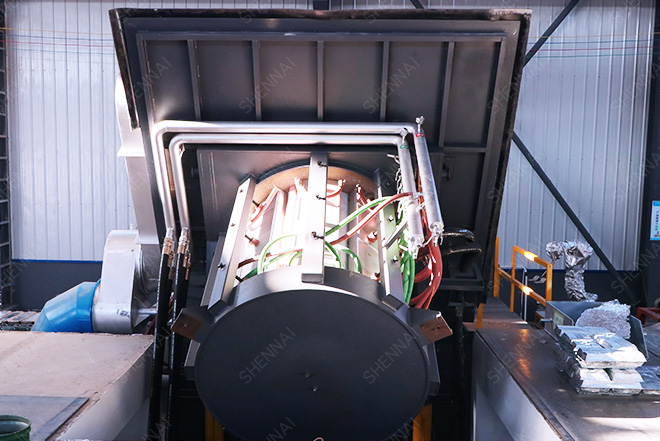- Tel:+8613007564317
- Email:[email protected]
FAQ

Fault phenomenon: the equipment cannot be started. When starting, only DC ammeter has indication, and DC voltage and intermediate frequency voltmeter have no indication.
The fault analysis and treatment are as follows.
1. The inverter trigger pulse is missing. Check the inverter pulse with an oscilloscope (preferably on the G-K of the thyristor). If there is a lack of pulse, check whether the wiring has poor contact or open circuit, and whether the front stage has pulse output.
2. Inverter thyristor breakdown. Use a multimeter to measure the resistance between a-k. when there is no cooling water, the resistance between A-K should be greater than 10k. It is broken when the resistance is 0. If there are two damages during measurement, remove one connecting copper bar, and then judge whether one or two are damaged. Replace the thyristor and check the damage cause of the thyristor.
3. Capacitor breakdown. Using a pointer multimeter × Check whether each column of the capacitor is charged or discharged to the common end. If not, it indicates that the column is broken, and remove the damaged capacitor pole.
4. The load is short circuited and grounded. 1000V megger (megger) can be used to measure the coil resistance to ground (when there is no cooling water), which should be greater than 1m Ω, otherwise the short-circuit point and grounding point should be eliminated.
5. If signal sampling circuit has open circuit or short circuit. Observe the waveform of each signal sampling point with an oscilloscope, or measure the resistance value of each signal sampling circuit with a multimeter in case of no power supply, and find out the open circuit point or short circuit point. Check whether the primary side of the intermediate frequency feedback transformer is open (caused by the virtual connection of the discharge inductance).
We will get in touch with you as soon as possible
